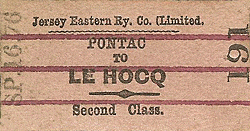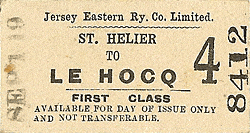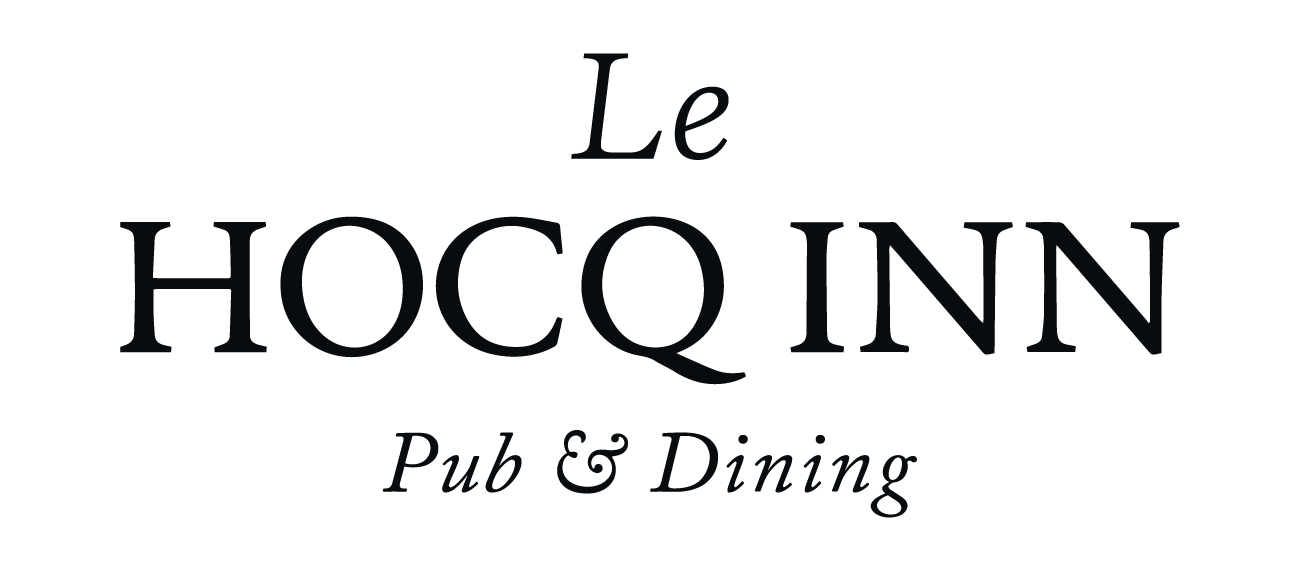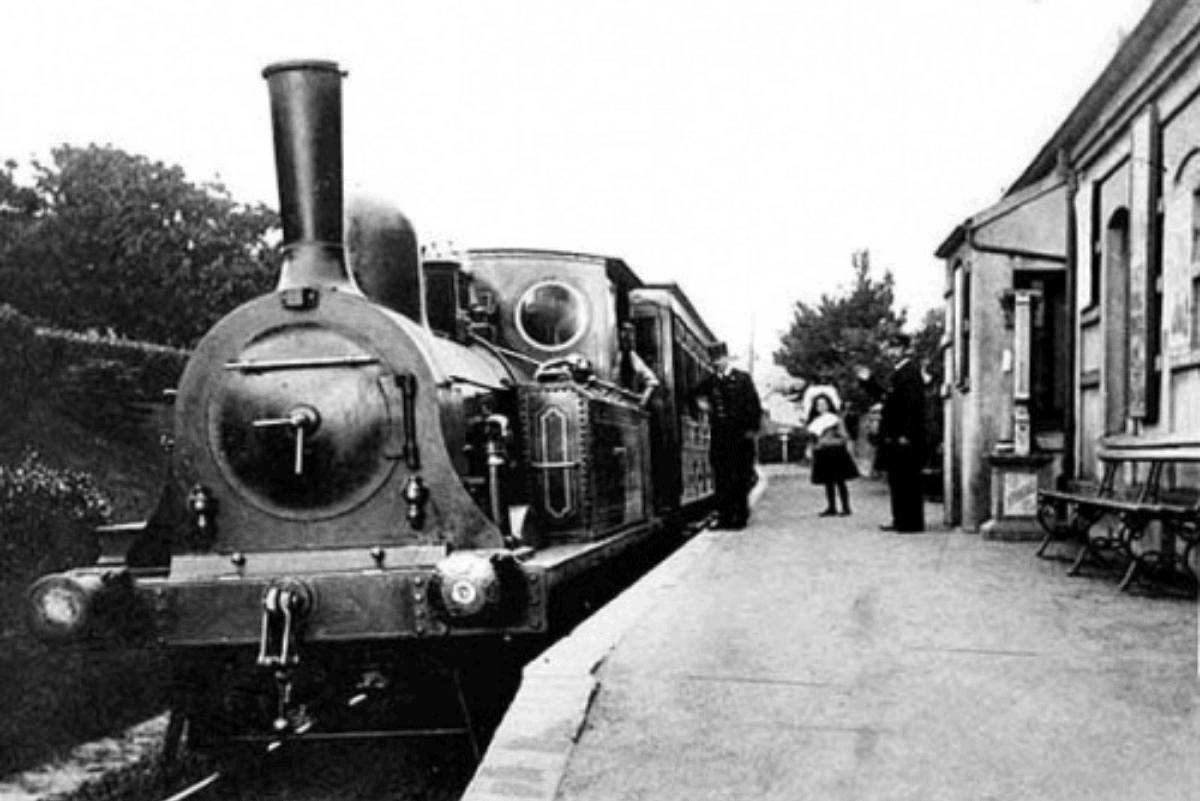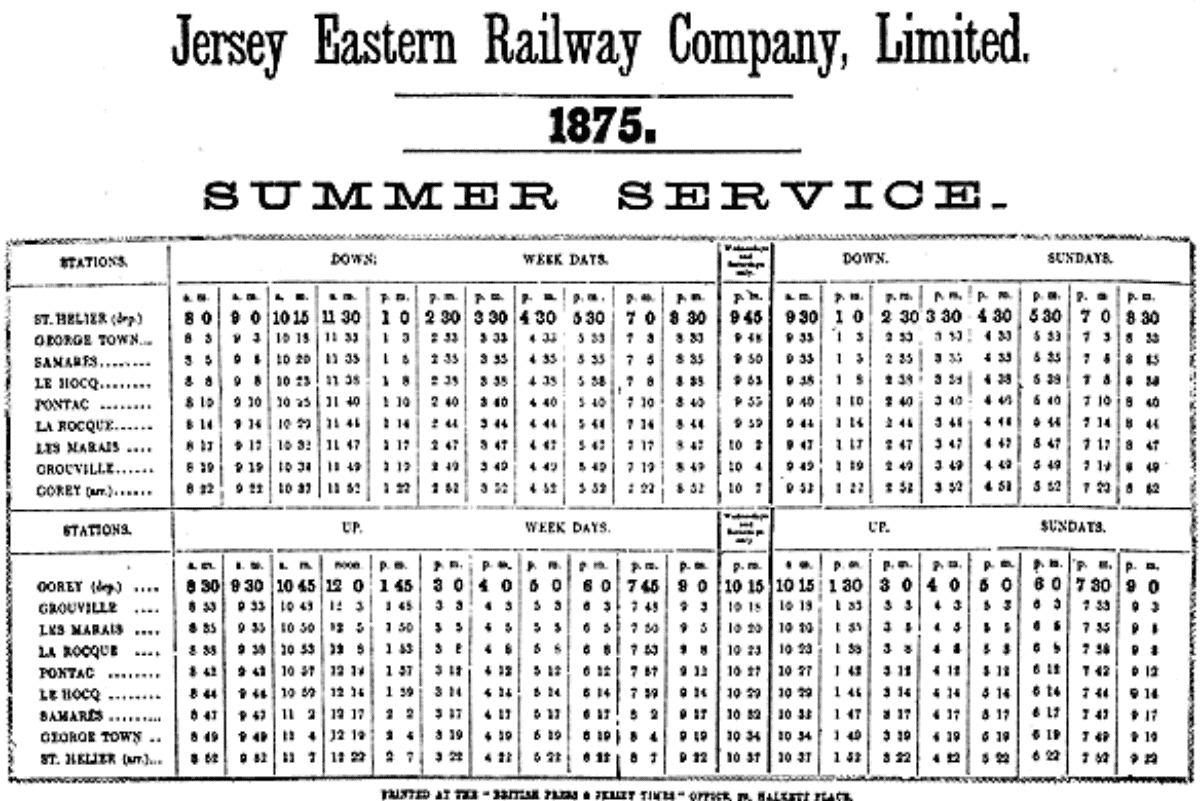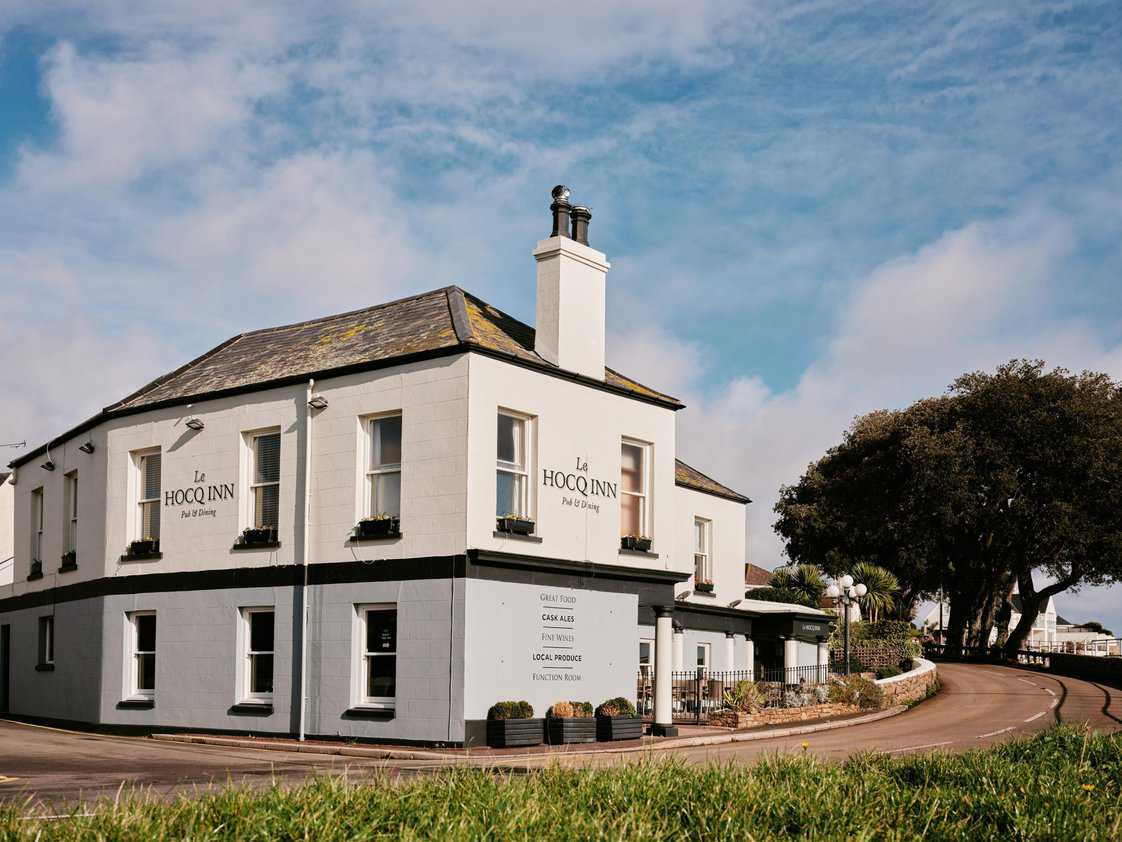
HISTORY OF LE HOCQ INN
The name Le Hocq comes from the Jèrrias word for a headland or cape. The seafront stretches from Green Island right around to the Rocqueberg or Witches’ Rock. The beach has a number of natural springs. On the edge of the seafront is the fortified Le Hocq tower, built around 1708, one of a series of protective towers that were constructed to defend the islands against French invasions. The tower subsequently has been used by amateur radio enthusiasts and is also a day marker for passing sailing vessels.
Situated close to the road are St. Clement’s Parish Hall and further inland Le Rocquier school the Le Hocq pub is just a stone’s throw from the sea. The Le Hocq Inn is the most southerly public house in the British Isles and has an illustrious history.
When Jersey had it’s own railways, Le Hocq was the site of three hotels in a company called Pontac Hotels and was called ‘Arthur’s New Pontac Hotel’, which eventually became the pub today. There where extensive gardens with a maze modelled on Hampton Court. The hotels put on lavish entertainment such as firework displays by Professor Motram a renowned pyrotechnic pioneer who made Jersey his home, there were concerts and even a collection of exotic animals know as Wombwell’s Menagerie including leopards, bears, wolves and the world’s smallest monkey. These different events were advertised in newspapers from the 1870’s to the early 1900’s and sponsored by the Jersey Eastern Railway.
The railways station at Le Hocq was the only station with a standing platform, that was in the shape of an ‘L’. The Jersey Eastern Railway company was closed on 26th January 1926 and this closed the railways and the stations across the eastern side of the island.
